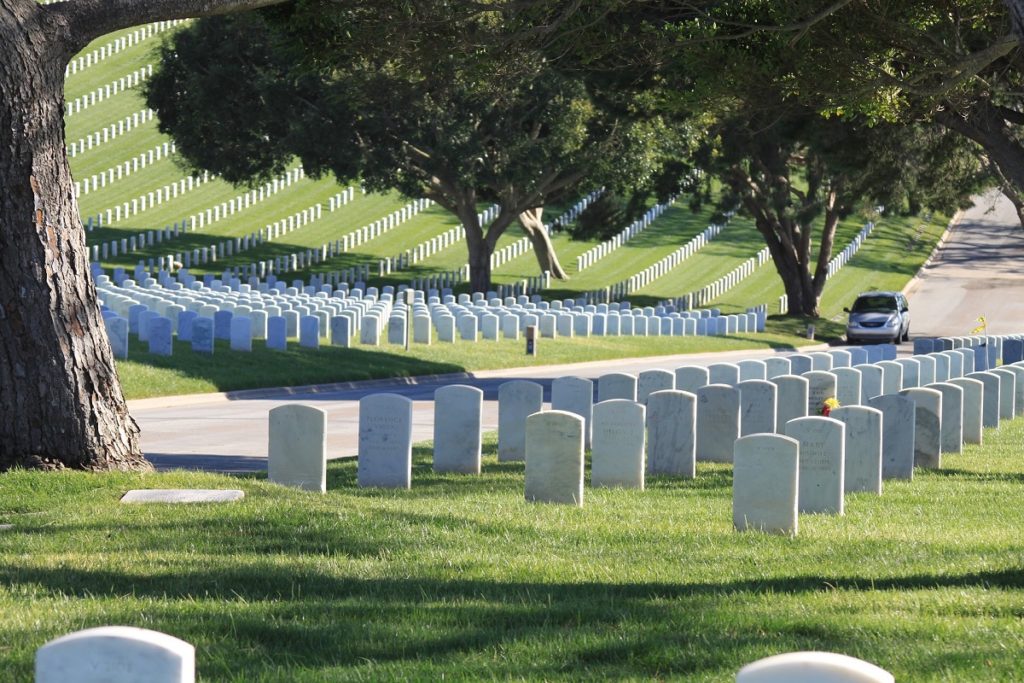When people talk about cemeteries, they get scared right away. It reminds most people of death and how close it can be to anyone. Others would associate it with ghosts and scary movies. Yet graveyards can hold a different meaning for others. It can serve as a space for life and healing.
Grave gardening is becoming famous nowadays. Yet, this is not the first time it was seen as a trend. History tells us that these grave gardens were once public spaces where people can relax and be one with nature.
While maintaining gravestones is a common act of respect to the dead, bringing blooms where they lay is a different form of remembrance. Since graves are where your loved ones are buried, it can be a place where you and your other family members can meet to celebrate life once lived.
Grave gardening is also a great way to meditate. It can also teach us a thing or two about life and death. Many studies prove how gardening offers mental health benefits. Being out in nature and tending to plants can relieve symptoms of anxiety, depression, and stress. There are also claims that gardening is great for the body because it helps release hormones like serotonin and dopamine, making people feel better and happier.
Grave gardening in history and different cultures.
Many different cultures practice leaving flowers on gravesites. This is done as an act of respect and remembrance for a late loved one. This common ritual has been around for thousands of years.
Way back in the Victorian era, cemeteries in many rural areas were designed like gardens. These grew in popularity, so cemeteries in urban areas were not overcrowded. Eventually, these garden cemeteries became a natural space in some urban centers to draw visitors.
Victorian cemeteries were not just burial sites but destinations where people can do picnics and gatherings. These places functioned like public parks before they existed in busy cities. Many people went to cemeteries to relax and find comfort in nature.
Commonly found in Victorian and pre-Civil War cemeteries were cradle graves, which served as gravestones and flower pots for the deceased. It consisted of a footstone, headstone, and a connecting wall. Within is a piece of land where family members can put up small gardens.
It was also these cemeteries that served as inspirations for building public parks. A good example would be New York City’s famous Central Park, designed by Architect Andrew Jackson Downing. More public parks meant simpler cemeteries over time.
Cemeteries have evolved after the mid-20th century. Rules were implemented about appropriate grave gardening. These were imposed so that hazards could be prevented. These rules caused issues, especially in military cemeteries, where mementos and flowers were seen as inappropriate. Despite limitations, many cemeteries still allowed grave gardening.
Starting and maintaining a grave garden
If you are thinking about starting your grave garden, it is best to check your local cemetery policies. Some cemeteries welcome grave gardens, while others are strict with regulations. You can start by asking which flowers or plants are allowed to be installed in your loved one’s gravesite.
Avoid shrubs like camellias and rhododendrons as these can obstruct the gravestone. Bulbs like hyacinths look great as they spread in the turf beautifully.
Drought-resistant plants would be great choices for your loved one’s grave garden. They are low maintenance and do not require frequent watering. Another good option would be to grow indigenous plants. These choices will blend well with the cemetery’s surroundings.
Perennials can also work for these gardens because they die during winter and bloom in spring. It is also low maintenance, which means you will only need to remove dead leaves once a year.
Mulching can also help control weeds from growing. This will cut down on your maintenance tasks. Yet, if the cemetery only allows potted plants, you have to check on your garden from time to time as they can dry up fast.
Aside from what was mentioned here, there are other options. It is best to do your research before deciding on the perfect garden setup for your loved one’s grave. Keep in mind the possibility of damage, as many people go in and out of the cemetery.
Being surrounded by nature while visiting your loved ones can be a meaningful way to heal and connect with others. Grave gardening allows us to value what we have now and appreciate life. It could also be an opportunity for family bonding. Even if we are just reminded of someone through their grave, doing it with a family member can bring more meaning to the activity.

